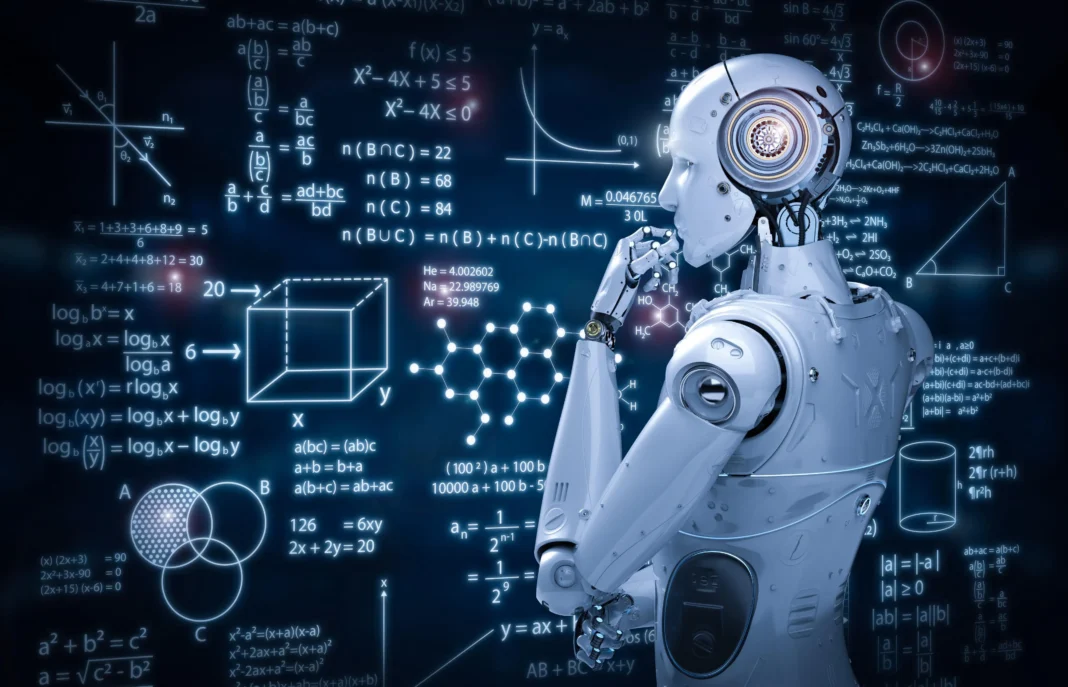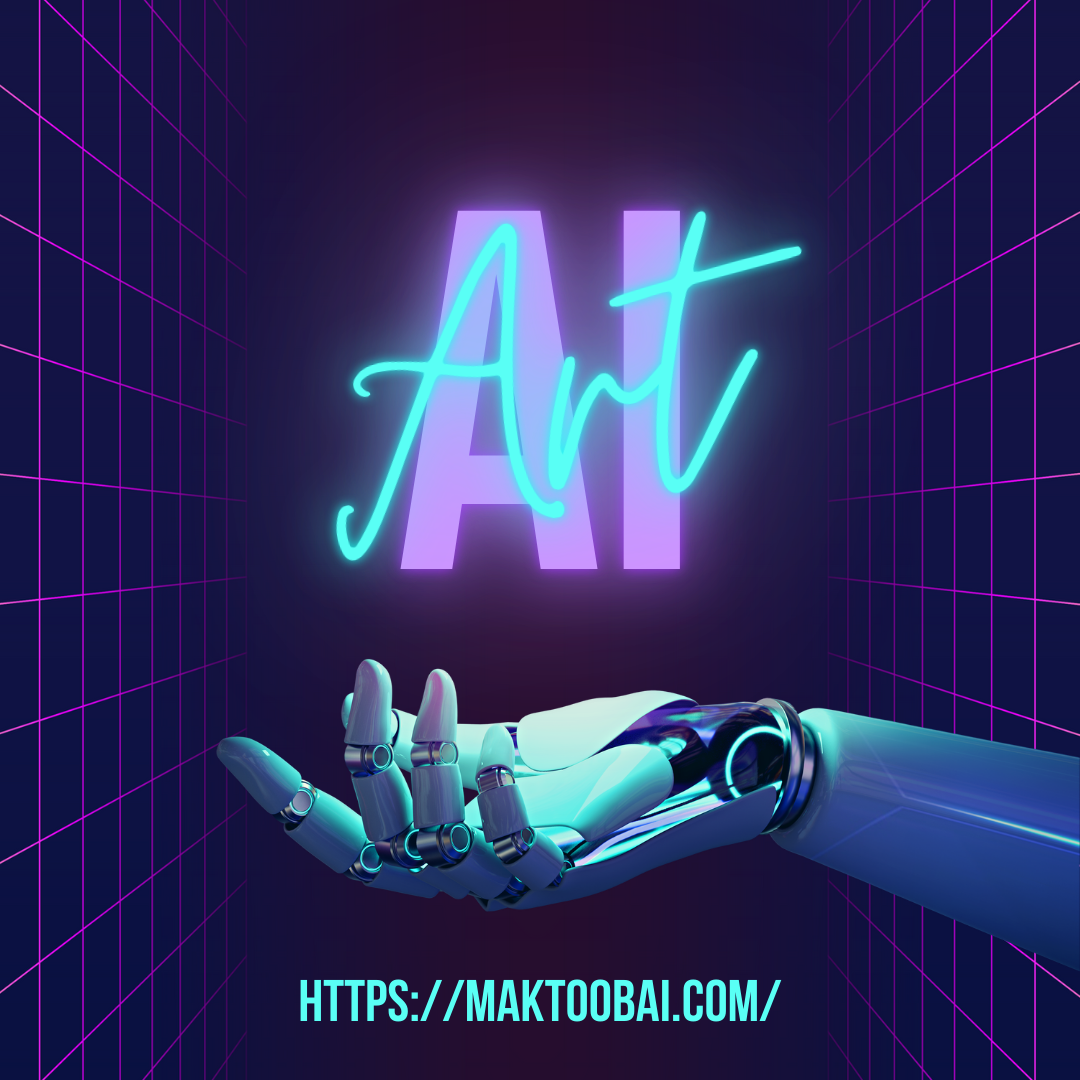Machine learning (ML) is revolutionizing industries by enabling systems to learn from data and improve over time without being explicitly programmed. Understanding the different algorithms and techniques in ML can help you select the right approach for various problems. This guide covers some of the most popular machine learning algorithms and techniques, categorizing them into supervised, unsupervised, and reinforcement learning.
1. Supervised Learning Algorithms
Supervised learning is where the model is trained on labeled data, meaning the input data comes with corresponding output labels. This type of learning is primarily used for classification and regression tasks.
- Linear Regression: This is one of the simplest algorithms used for regression tasks. It models the relationship between a dependent variable and one or more independent variables by fitting a linear equation to observed data. For instance, predicting house prices based on features like size and location uses linear regression.
- Logistic Regression: Despite its name, logistic regression is used for binary classification problems. It estimates the probability that a given input belongs to a particular class, utilizing the logistic function to output values between 0 and 1. It’s commonly used in medical diagnosis and spam detection.
- Decision Trees: These algorithms create a tree-like model of decisions based on the input features. Each node in the tree represents a decision based on a feature, leading to a classification or regression outcome. Decision trees are easy to interpret but can be prone to overfitting.
- Random Forests: An ensemble method that improves decision trees by building multiple trees and aggregating their results. Random forests reduce overfitting and improve accuracy by averaging the predictions of multiple trees.
- Support Vector Machines (SVM): SVMs are used for both classification and regression tasks. They work by finding the hyperplane that best separates the data into different classes. SVMs are effective in high-dimensional spaces and are used in image classification and bioinformatics.
- Neural Networks: These are a set of algorithms modeled after the human brain, consisting of interconnected nodes or neurons. Neural networks are particularly effective for complex tasks such as image and speech recognition. Deep learning, a subset of neural networks with many layers, excels in feature extraction and pattern recognition.
2. Unsupervised Learning Algorithms
Unsupervised learning deals with data that has no labels. The goal is to find hidden patterns or intrinsic structures within the data.
- K-Means Clustering: This algorithm partitions data into K distinct clusters based on feature similarity. It works by iteratively assigning data points to the nearest cluster centroid and recalculating the centroids. K-means is widely used in market segmentation and social network analysis.
- Hierarchical Clustering: This technique builds a hierarchy of clusters either by starting with individual data points and merging them iteratively (agglomerative) or starting with all data points in one cluster and splitting them (divisive). It produces a dendrogram, which is useful for visualizing data relationships.
- Principal Component Analysis (PCA): PCA is a dimensionality reduction technique that transforms data into a set of orthogonal (uncorrelated) components, ordered by the amount of variance they explain. It’s often used to simplify data while retaining important features and is applicable in image compression and exploratory data analysis.
- t-Distributed Stochastic Neighbor Embedding (t-SNE): This technique is used for dimensionality reduction and visualization, particularly for high-dimensional data. t-SNE maintains the local structure of data, making it useful for visualizing clusters and relationships in complex datasets.
3. Reinforcement Learning Algorithms
Reinforcement learning (RL) is a type of machine learning where an agent learns to make decisions by performing actions in an environment to maximize cumulative rewards.
- Q-Learning: An off-policy RL algorithm where an agent learns the value of actions in various states. It updates the value of state-action pairs based on the reward received and the maximum future rewards. Q-learning is used in various applications like robotics and game playing.
- Deep Q-Networks (DQN): This algorithm combines Q-learning with deep neural networks to handle large state spaces. DQN uses a neural network to approximate the Q-value function, making it suitable for complex environments like video games.
- Policy Gradients: This approach directly optimizes the policy (the strategy used by the agent) by adjusting the parameters based on the reward feedback. Policy gradients are effective in environments with continuous action spaces and are used in areas such as robotics and automated control systems.
- Proximal Policy Optimization (PPO): An advanced policy optimization algorithm that balances exploration and exploitation by using a surrogate objective function. PPO is widely used for training agents in complex environments due to its stability and efficiency.
Conclusion
Machine learning algorithms offer a diverse toolkit for tackling a wide range of problems. From supervised methods like linear regression and neural networks to unsupervised techniques like PCA and clustering, each algorithm has its strengths and use cases. Reinforcement learning further expands the possibilities by enabling systems to learn through interactions and rewards. Understanding these algorithms helps in selecting the right approach for your specific needs and harnessing the power of data-driven insights.


